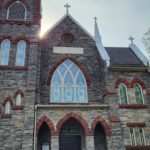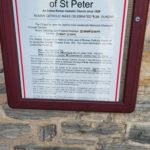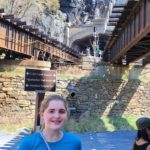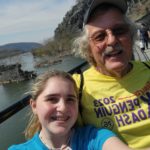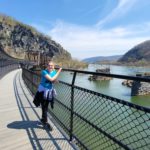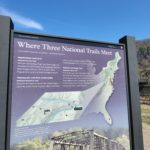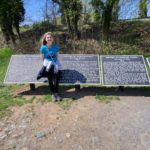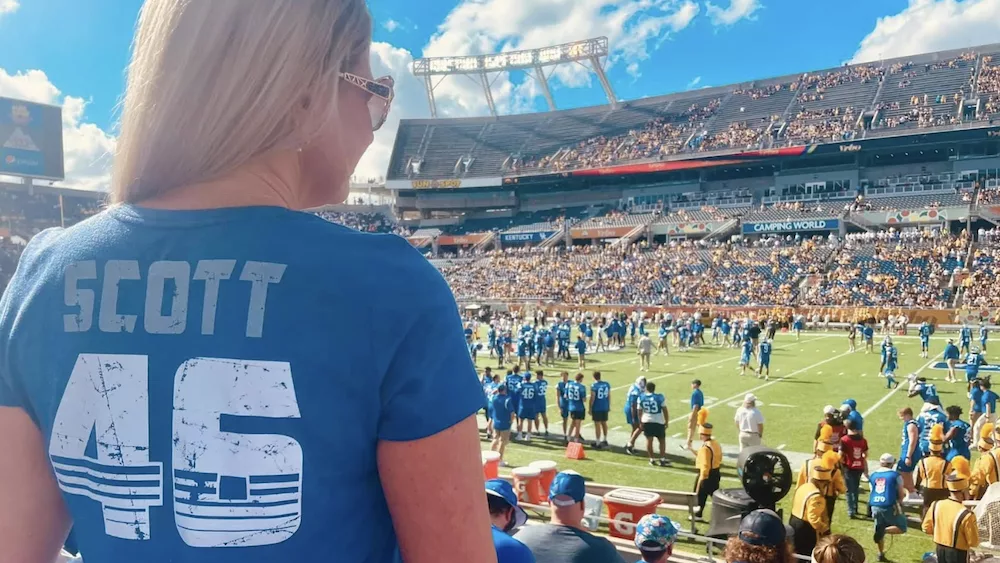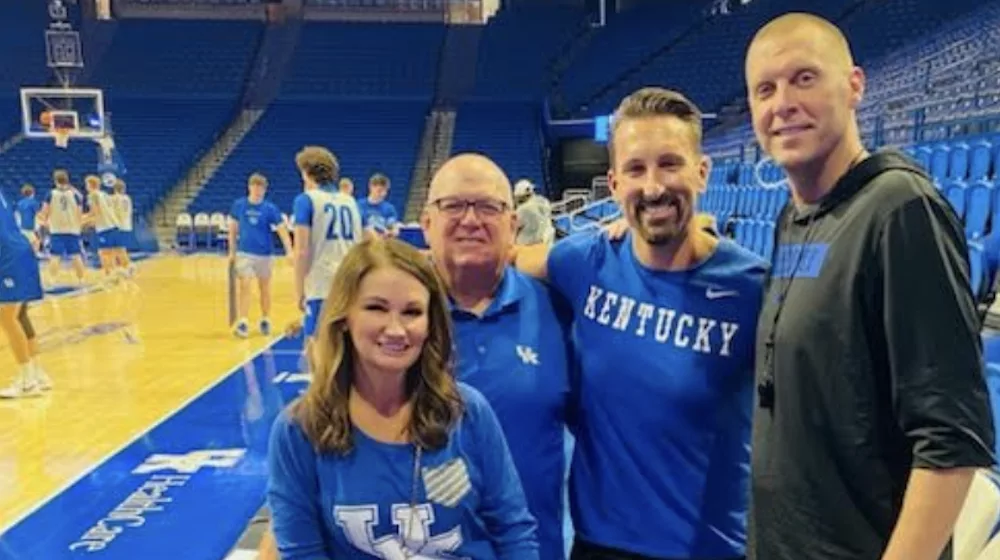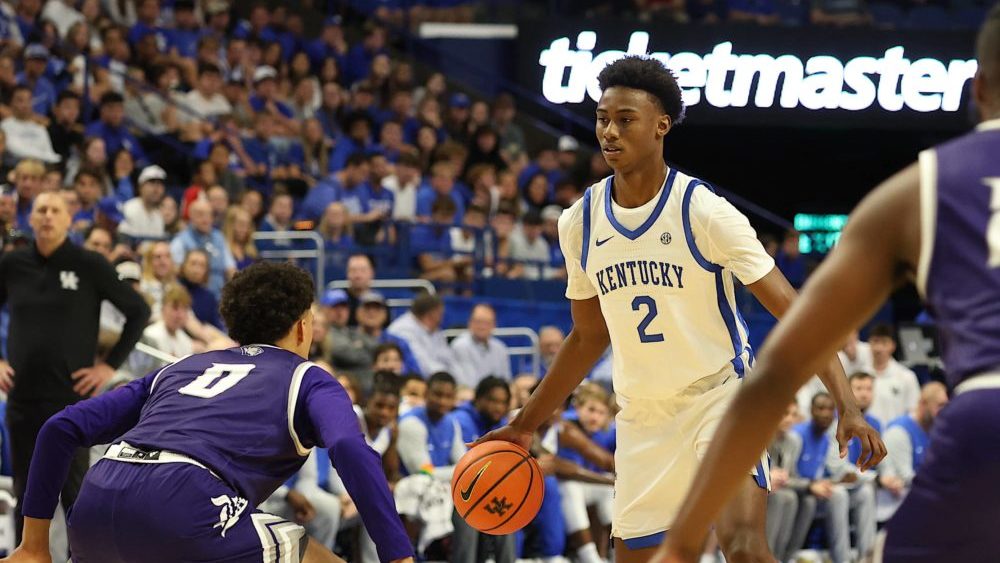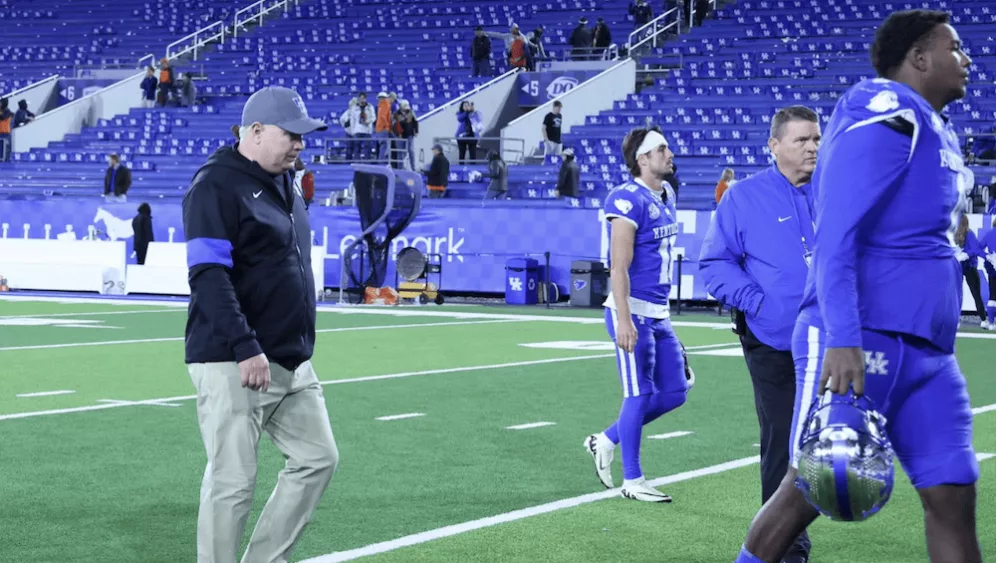
Jefferson Rock provided a spectacular view for my grandchildren -- and a spot to rest after making the climb to see it. (Larry Vaught Photo)
I remember reading about Harpers Ferry during my Civil War studies in school but really did not remember nearly as much about this West Virginia town’s role in the war as I should have. However, I got a great reminder about the significant role Harpers Ferry had in the war during a visit there Wednesday.
This historic city is in the lower Shenandoah Valley and is located at the confluence of the Potomac and Shenandoah rivers where Virginia, West Virginia and Maryland meet.
What I should have remembered more about was abolitionist John Brown’s raid on the armory here in 1859 that many believe eventually led to the Civil War. He wanted to start a slave revolt in the South by taking over the armory. Brown’s raid failed as 10 members of his group were killed and seven more, including Brown, were tried and executed.
What I didn’t remember was that Colonel Robert E. Lee was in command to retake the arsenal and Stonewall Jackson and Jeb Stuart were among those guarding Brown after his arrest.
You can see that information and much more in the Brown Museum in the Lower Town where four blocks are lined with museums filled with history (a shuttle bus takes you from the main national park entrance to Lower Town about 1 1/2 miles away or you can walk or chance parking in Lower Town).
John Brown’s Fort is the most visited tourist site in West Virginia and the Appalachian Trail headquarters are also here. The trail runs directly through town and we saw several people hiking on their way to Maine who stopped for supplies. You can also find your way on the trail for a brief hike if you want.
The national park is geared for outdoor activities and other options are white water rafting, fishing, mountain biking, tubing, canoeing, hiking, zip lining, and rock climbing.
Harpers Ferry is a popular commuter train stop and also a busy train freight route. I loved reading how one bakery owner used to gather his goods and take them to the train — which did not have a dining car — to sell to passengers when the train stopped in Harpers Ferry. The first railroad junction in the United States was at Harpers Ferry.
I really had no idea that on Oct. 25, 1783, Thomas Jefferson came through Harpers Ferry on his way to Philadelphia. He took in the view from the rock now known as Jefferson Rock that requires a “little” climb to reach but provides a spectacular view. Jefferson called the view “perhaps one of the most stupendous scenes in nature.” Harpers Ferry is in Jefferson County, which was named after him.
George Washington also visited the area in 1785 and decided it would be the perfect location for a new U.S. armory. The armory became a major manufacturer and storage place for weapons.
We could not survive on history alone so we had lunch at the Cannonball Cafe that had some large, delicious sandwiches and other dishes. There’s also a unique candy story — True Treats — that basically showcases the history of candy and was once featured in a question on Jeopardy.
Unfortunately the Historic Chapel of St. Peter was open only on weekends but we got a close look at the church built in 1835 and rebuilt in 1896.
We didn’t have time to hike any of the trails or take the driving tour to some other special spots in the park.

